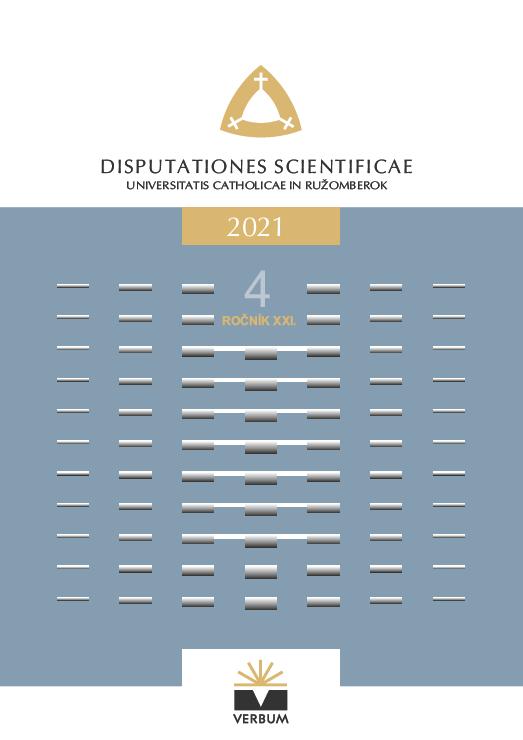Realizácia Modu vivendi – aktéri a rozpory v Rožňavskej diecéze
The Realisation of the Modus Vivideni – its Protagonists and their Conflicts in the Diocese of Rožňava
Author(s): Peter Olexák, Stanislav ŽlnaySubject(s): Christian Theology and Religion, History, History of Church(es), Local History / Microhistory, Theology and Religion
Published by: VERBUM - vydavateľstvo Katolíckej univerzity v Ružomberku
Keywords: Diocese of Rožňava; Michal Bubnič; Pavol Jantausch; Andrej Cvinček; Kamil Krofta;
Summary/Abstract: The paper deals with the management of personnel and the economic administration of the Rožňava diocese after the collapse of the Austro-Hungarian Empire in 1918 and the attempt to abolish the bishopric itself. A focus is being laid on the actions of the main characters to whom belonged the Rožňava diocesan administrator bishop Michal Bubnič, the Trnava apostolic administrator Pavol Jantausch, the Nitra canon Andrej Cvinček and the vice minister of foreign affairs Kamil Krofta. Even though the issue of the territorial consolidation was part of the Modus vivendi which came into effect in 1928, it had to be solved for another decade because of enduring tensions between the church and the state. This paper casts a light on the less known relationship between these two protagonists in the interwar period and emphasizes the agility of the Czechoslovakian diplomacy that aimed to abolish the diocese as an entity, but also wants to explore the inner-ecclesiastical environment and the relationships of the church representatives in Slovakia in the years from 1918 to 1938.
Journal: Disputationes Scientificae Universitatis Catholicae in Ružomberok
- Issue Year: XXI/2021
- Issue No: 4
- Page Range: 43-55
- Page Count: 13
- Language: Slovak

